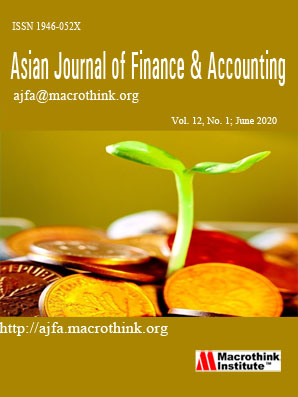Efficiency and Productivity of Commercial Banks in Nepal: A Malmquist Index Approach
Abstract
This study investigates the change in efficiency and productivity of banking industry during the period of 2007/08 to 2011/12 and analyzes the effects of various indicators on the efficiency of the twenty two commercial banks in Nepal. Malmquist Index is used as to measure the efficiency and productivity where as Tobit regression is used as to analyze the determinants of efficiency. Overall, the results show that the productivity change of commercial banks in Nepal has improved over the sample period and that the increase in productivity change in Nepalese commercial banks is due to the technical progress rather than efficiency components. It also reports that the decline in efficiency change is due to decline in both pure efficiency change and scale efficiency change. The Tobit regression model found positive relationship between debt to equity ratio and efficiency as well as between capital adequacy and efficiency. Further, profitable banks with lower leverage and higher capital adequacy ratio are found to be more efficient and bank loans seem to be more highly valued than alternative bank outputs i.e., investments and securities.
Submission of an article implies that the work described has not been published previously (except in the form of an abstract or as part of a published lecture or academic thesis), that it is not under consideration for publication elsewhere, that its publication is approved by all authors and tacitly or explicitly by the responsible authorities where the work was carried out, and that, if accepted, will not be published elsewhere in the same form, in English or in any other language, without the written consent of the Publisher. The Editors reserve the right to edit or otherwise alter all contributions, but authors will receive proofs for approval before publication.
Copyrights for articles published in MTI journals are retained by the authors, with first publication rights granted to the journal. The journal/publisher is not responsible for subsequent uses of the work. It is the author's responsibility to bring an infringement action if so desired by the author.








